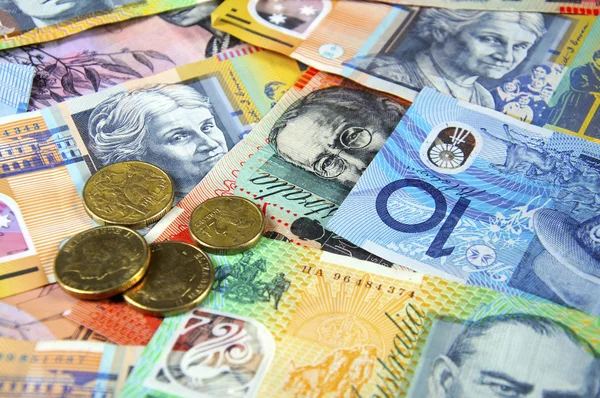Australian dollar loses its winning run despite a significant job growth.
The Australian Dollar (AUD) falls below the psychological level of 0.6500 on Thursday. With a negative bias, following the release of Australian Employment statistics. The seasonally adjusted Employment Change increased by 55K in October. Exceeding market expectations of 20K and 6.7K in the prior month. However, the vast majority of jobs were part-time jobs. Which lessened the overall beneficial impact of the headline.
The unemployment rate in Australia was 3.7% in October, as expected. Up from 3.6% the previous month. However, the AUDUSD pair saw volatility in the previous session. Following the release of economic data from the United States (US) on Wednesday.
In October China’s House Price Index fell by 0.38%, showing a deterioration in the property market.
China’s House Price Index fell by 0.38% in October, following a 0.1% drop in September. Showing a worsening situation in the country’s property market.
The four-hour meetings between US President Joe Biden. And Chinese President Xi Jinping resulted in a commitment to restore certain military-to-military communications. And to normalize strained bilateral ties. This commitment indicates an effort to address. And strengthen the two countries’ difficult relationship, potentially paving the way for the future diplomatic and strategic collaboration.
According to Xinhua, the reported words from China’s President Xi Jinping underscore the wish for a relationship between China and the United States. A plea for mutual respect, peaceful cohabitation, and cooperation in numerous domains such as the economics, trade, agriculture, climate change, and artificial intelligence is among the key issues.
President Xi also stated a desire for the US to stop arming Taiwan and to support what China refers to as ‘peaceful reunification’ with Taiwan. There is also a desire for the US to lift unilateral restrictions and provide a fair and just environment for Chinese businesses.
The US PPI surprisingly fell by 0.5% instead of rising by 0.1% as forecast.
The US Producer Price Index (PPI) fell by 0.5% in October, falling short of expectations. An rise of 0.1%. The annual rate was also reduced from 2.2% to 1.3%. These statistics are consistent with the weaker inflation suggested by the US Consumer Price Index (CPI) data released on Tuesday.
The US Bureau of Labor Statistics reported a more significant reduction in US inflation than had been predicted. This unanticipated slowing resulted in a significant drop in the value of the US Dollar (USD).
Adding to the economic picture, US retail sales fell by 0.1% in October, surprising estimates for a 0.3% drop. On Thursday, investors’ attention will move to weekly jobless claims.
Daily Market Movers: The Australian Dollar falls as employment data in Australia is mixed.
The Wage Price Index in Australia increased by 1.3%, as expected, compared to the prior estimate of 0.8%. The results showed an increase year over year. 4.0% higher than the expected 3.9%.
Westpac Consumer Confidence in Australia fell 2.6% in November, after a 2.9% increase in October.
Marion Kohler, RBA Assistant Governor (Economic), noted that the fall in inflation is expected to be slower than previously predicted. This is due to persistently high domestic demand as well as robust pressures from labor and other costs. Kohler stressed the importance of tightening policy to confront the problems posed by rising inflation.
Following the release of Q4 inflation figures, economists at the National Australia Bank (NAB) predict another 25 basis point boost in February. Furthermore, NAB predicts that rate reduction will not begin until November 2024.
In October, China’s Industrial Production (YoY) increased by 4.6%, a modest increase from the previous month. Contrary to forecasts, the rate is 4.5%. Retail sales increased 7.6% year on year, exceeding the expected 7.0%.
The October readings of the US Consumer Price Index (CPI) were lower than predicted, with the annual rate decreasing from 3.7% to 3.2%, falling short of the consensus expectation of 3.3%. The monthly CPI fell from 0.4% to 0.0%.
The US Core CPI grew by 0.2%, below estimates of 0.3%, while the annual rate fell to 4.0% from 4.1% previously.
In October, the US Monthly Budget Statement indicated a deficit of $67 billion, compared to the forecast deficit of $65 billion.









